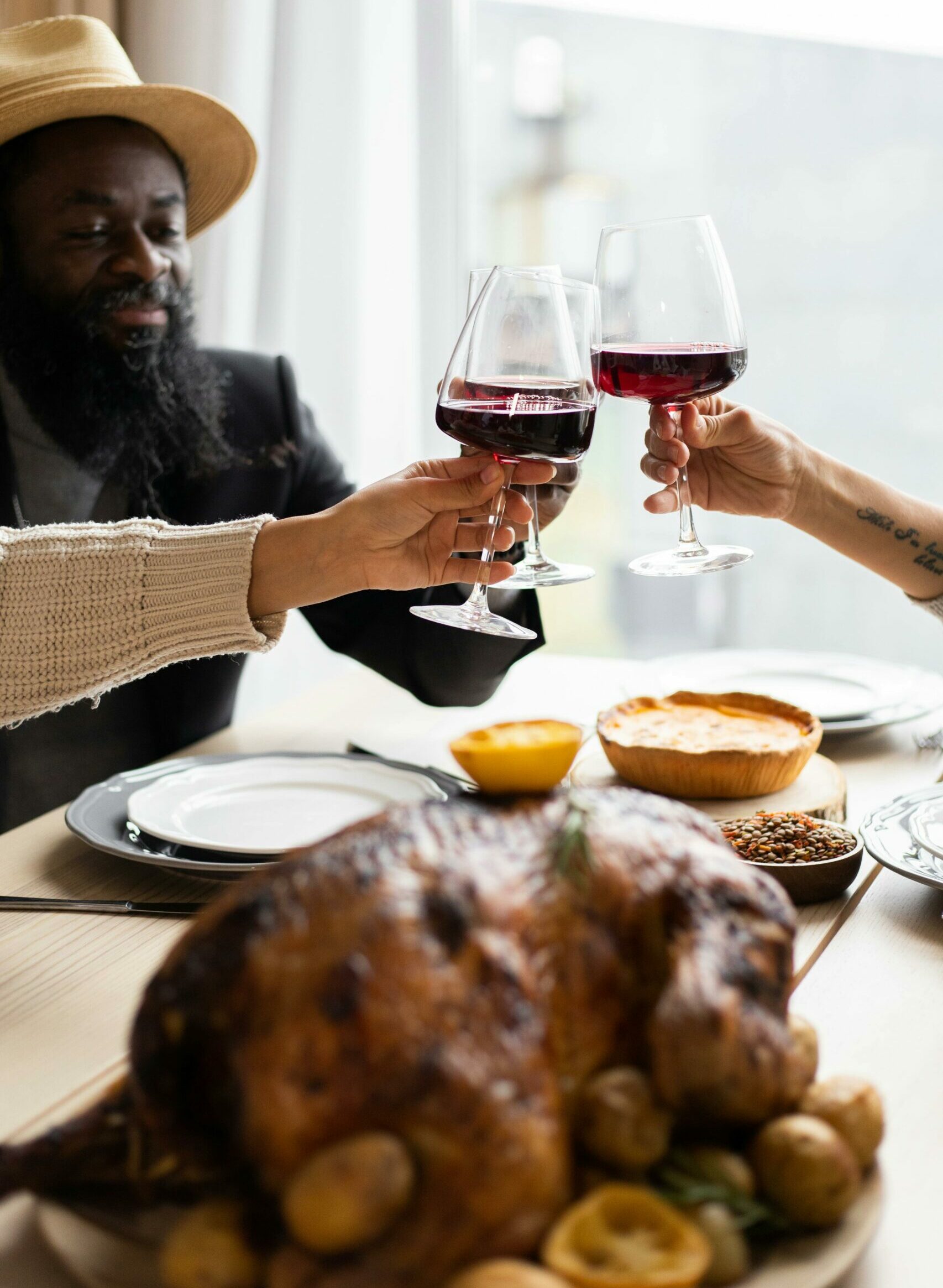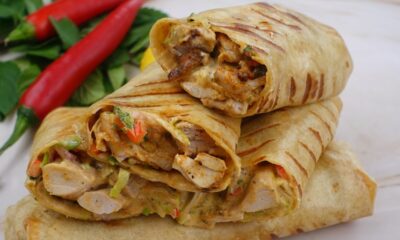Cuisine
E.B. Ayo: The Best Way to Get Your Wine and Food Pairings Right

I recently had the privilege of attending Wine Paris and Vinexpo Paris 2024, one of the world’s largest wine trade fairs. During my time there, I engaged in some amazing meetings with notable wine producers. The atmosphere at the trade fair was fully charged, and the buzz was palpable. Visitors from every part of the world contributed to the electric atmosphere, and I had a few interesting encounters as well.
For Vitis vinifera wine grapes to flourish and achieve the ideal combination of colour, acidity, and sugar needed for specific types of wine, they require an optimal growing climate. Extreme temperatures do not provide the most favourable environment for these grapes. Certain viticulture purists believe that the prime weather and climate conditions for cultivating specific wine grape varietals, resulting in characteristic wines, can be found between latitude 30° and latitude 50° in the northern hemisphere, as well as between latitude 23° and 45° in the southern hemisphere.
Wine grapes grown outside these optimum regions will not necessarily produce terrible wine, but it takes a lot of expertise to create a favourable growing climate for Vitis vinifera to thrive outside these regions.
As I watch Nigerian films, I am always intrigued by how they depict the culture of drinking wine. Often, we see characters sipping wine, trying to look “cool” — whatever that means. I have never seen wine being portrayed as a food enhancer, which, in my opinion, is its appropriate role.
How to Pair Wine with Food
Taste is everything. Just as you select particular spices which complement a specific type of food, knowing the perfect blend of spices can elevate the flavours of your special dish. You should also familiarise yourself with which wines pair well with different types of food.
Wine and food pairing is all about the ability to find the wine that complements your food perfectly. When done properly, it enhances the eating experience. Treat wine like an ingredient that pleasantly interacts with your food, rather than something you sip on the side.
Getting Wine and Food Pairing Right
A simple test to check if a particular food complements a specific wine involves taking a bite of the food, chewing, swallowing, and then sipping the wine. A positive taste or complementary flavour indicates a good match.
To pair the right wine with your food, take note of the wine’s main flavour profile, its acidity or sweetness, its intensity (how the wine feels in your mouth), and the aftertaste when you swallow. With these impressions you get from the wine, you can incorporate the taste into the flavour components of the food.
Pay close attention to the sauces in the dishes you want to pair with wine. A sauce’s flavour profile combines elements such as acidic or sour, bitter, salty, sweet, spicy, or umami.
Since wine is best enjoyed with food, we have a general rule in our house: we only buy wines that complement the kind of food we eat. Wines that don’t pass this strict selection and fall short end up discarded. Some find a second life as disinfectants or even as an alcoholic bath for washing vegetables. Yes, we are very particular about what we consume. Our bodies will not be a dumping ground for bad wine.
A famous writer, Alexandre Dumas, once said, according to my translation, that “Wine is the intellectual part of the meal. Meat and vegetables are just the basic elements.”
“Le vin est la partie intellectuelle d’un repas. Les viandes et les légumes n’en sont que la partie matérielle.”
A well-chosen wine can elevate a meal, making it truly spectacular and enhancing the overall culinary experience.
Mastering the pairing of wine and food takes time, but with practice, it becomes easier to tell if a particular wine pairs well with the flavour profile of a specific type of food.
Tips to Get Started
Here are some sweet white wine pairing examples to kickstart your wine and food pairing adventure:
Dessert: Brown cheese, known for its high sugar and fat content, and desserts with caramel, fruit, vanilla or coconut pair nicely with sweet white wines. Consider sweet white, tawny or ruby port for chocolate desserts, and opt for sweet dessert wines with citrus or vanilla notes.
Savoury Food: Semi-sweet and sweet white wines work well with savoury food to produce a sweet and salty taste. A bit like the tasty combination found in salted caramel ice cream.
Sour Food: Semi-sweet and sweet white wines with high acidity pair well with sour vinegar-based sauces. A wine like Riesling is an excellent choice.
Spicy Food: Semi-sweet and sweet white wines with low alcohol content work well with hot and spicy food. The wine should be served chilled.
Sweet and Sour Sauce: Asian-style sauces with cane sugar, tamarind or honey pair nicely with semi-sweet to sweet white wines.
White Meat: Semi-sweet and sweet white wines with a light-to-medium intensity pair well with white meat like chicken, duck, goose, guinea fowl, pigeon, quail, turkey, or meat replacement substitutes like tofu and cashew apple.
These are just a few suggestions. There are other types of wines with varying levels of acidity and sweetness which also work well. The key is to test these wines with your food to discover what you like.
Share your interesting, funny or disastrous wine and food pairing experience. What did you like most, and what didn’t quite meet your expectations?
***





















